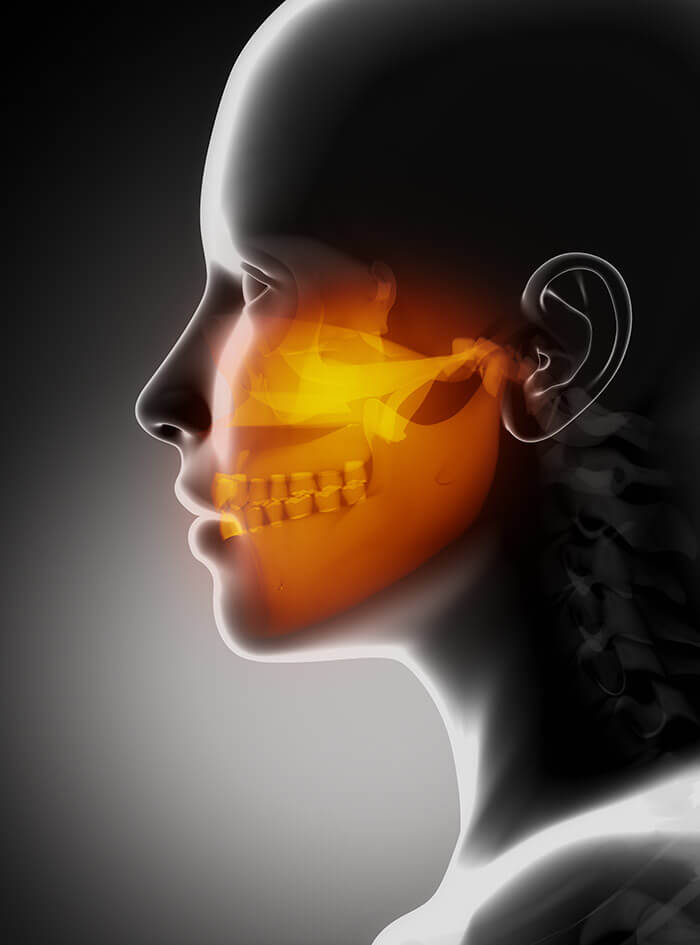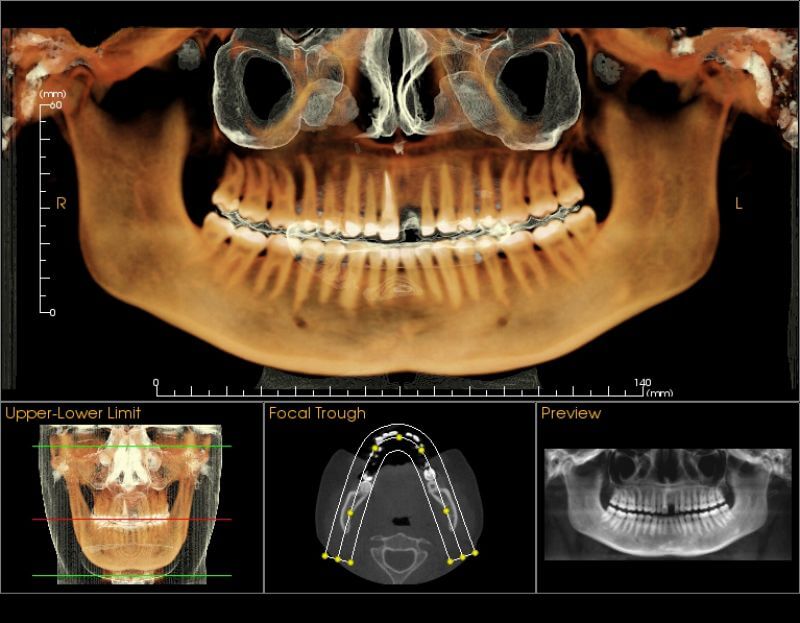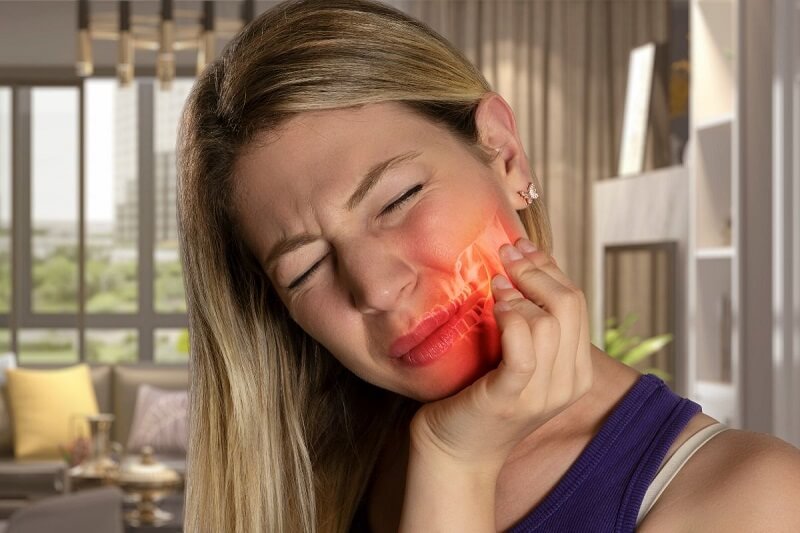Temporomandibular joint arthritis is no serious disease, but if the patient does not treat it early increases the risk of complications such as temporomandibular joint disc perforation, muscle relaxation, and difficulty moving the jaw. Therefore, learn more about this pathology, especially signs and treatment help us be more proactive in protecting the best health.
What Is Temporomandibular Joint Arthritis
Inside the facial skull contains a dynamic joint called the temporal joint. This is a joint located near the ear, combined with the related ligament system, responsible for the function of opening and closing the jaw, helping to facilitate daily chewing, swallowing, and eating activities.
In fact, temporomandibular joint arthritis consists of the lower jaw joint and the temporal joint, surrounded by a layer of cartilage, and separated from each other by a disc to ensure the movement of the joints out in the smoothest and most flexible way.
Temporomandibular arthritis, also known as jaw pain, is a common condition in which an imbalance and spasm occur in the joint between the lower jaw and the skull.

The disease occurs which means the jaw muscles are impaired, causing cyclical spasmodic pains, affecting the daily life of the patient, especially in eating problems. In some cases, when chewing food, there will be a rattling noise and the opening of the mouth is also limited.
According to studies and statistics, temporomandibular joint arthritis can occur in any subject. But most susceptible cases are women who are in puberty and premenopause due to hormonal changes that increase the risk of disease.
Although temporomandibular arthritis is a non-life-threatening condition, early detection and treatment is an important factor, helping doctors to promptly prevent serious symptoms such as temporal joint pain, fatigue, swelling of the face, dizziness, tinnitus, headache, etc.
Temporomandibular Joint Arthritis Causes
Effects from osteoarthritis: Temporomandibular arthritis has many different causes. But most of the cases are related to typical musculoskeletal diseases such as rheumatoid arthritis, osteoarthritis, infected joints, etc.
In particular, the incidence of rheumatoid arthritis accounts for up to 50% of patients.
Accidental Injury: When having injuries in sports, traffic accidents, work accidents can also be the cause of jaw pain.
Unhealthy habits: Some bad habits affect their teeth and face, such as grinding teeth while sleeping, squeezing the jaw, biting hard objects, biting nails, chewing gum, opening the mouth suddenly will create great pressure on the temples, and at the same time stretch jaw muscles. If it is prolonged it will increase the risk of deviation and disease.

Side effects of minor surgery: When dental surgery such as extraction, orthodontics, braces will also increase the risk of disease.
Other causes of temporomandibular arthritis: crowded teeth, skewed teeth, genetic factors, stress, psychological trauma are also one of the causes of the disease.
Signs and Symptoms of Temporomandibular Arthritis
When you have temporal arthritis, it can occur on one or both sides of your face. In the early stages, the patient only feels mild pain, but as the disease progresses seriously, the pain will gradually increase. Patients need to pay attention to the manifestations of the body to early recognize the signs of temporal arthritis as follows:
Severe soreness in the jaw: The patient will have a feeling of discomfort, pain occurring in one or both sides of the temporomandibular joint. The pain will usually begin to increase in severity as the person talks, chews, or swallows food. Especially when the lymph node area in the neck appears swollen, the more severe pain will affect patient’s health and living activity.

Difficulty in moving the jaw joint: If the disease begins to get worse, the pain will appear with a dense frequency, making it difficult to move the jaw joint, even unable to move. In some cases when opening and closing the jaw, you will hear a scratching sound.
The chewing muscle is enlarged and the face is deformed: If the lymph nodes in the neck are raised and enlarged, the patient will have an enlarged chewing muscle, the swollen jaw area causes the face to become deformed. loss of balance. Besides, facial muscles activities such as talking and chewing are also difficult and inconvenient.
Some other symptoms: The patient not only experiences the above typical symptoms, but some cases also have tinnitus, dizziness, headache, dizziness, fever all day, this condition will be more severe when the lymph node is raised in the neck.

Depending on the severity of temporomandibular arthritis, symptoms manifest on the patient's body will be different. In order to know the exact condition of the disease, when there are suspicious signs, the patient should go to the hospital to be diagnosed with temporal arthritis and treated with the most effective method.
Clinical Diagnosis of Temporomandibular Joint Arthritis
Where is the diagnosis of temporomandibular arthritis? To diagnose osteoarthritis of the jaw, patients should go to reputable hospitals and medical centers to be consulted and identified the most thorough condition, thereby helping patients get medical advice for better healthcare and effective treatment regimen.
If patients need more information about this pathology and book an appointment scheduled, please call hotline 19001717 to be supported quickly.
Clinical diagnosis of temporomandibular joint arthritis is being applied today include:
- First, the doctor will do a physical examination based on the information provided by the patient, and at the same time observe the signs and symptoms as follows:
- Elicit information related to the patient's past medical history, symptoms, and daily habits.
- Examining and observing the jaw muscles when the doctor asks the patient to perform some movements such as opening the mouth, closing the mouth, etc.
- Check the areas around the jaw such as the lymph node in the neck, helping the doctor to locate pain and discomfort on the patient's body.
After based on the results of the clinical examination, in the event that the doctor suspects that the patient has temporal arthritis, he or she will need to conduct additional clinical tests to be able to determine the condition as follows:
- X-ray: This is a method that helps doctors to examine temporomandibular joints through scanner images, to assist in diagnosing diseases related to dentomaxillofacial and check tooth damage.
- In some suspected cases, the doctor will appoint the patient to have a CT scan to be able to observe the most detailed image of the temporal jaw bone, providing high value in pathological diagnosis.

- In case of suspicious lesions related to soft tissue around the joint and cartilage disc, the patient should have an MRI scan directed by the doctor.
- Endoscopy is also a method used in the diagnosis of temporomandibular arthritis that will be considered by the doctor for application depending on the specific case.
How Serious Is Temporomandibular Joint Arthritis?
If temporomandibular arthritis is diagnosed and treated at an early stage, it is not a serious problem, because the disease can be cured after a short time. But the recovery time will depend on many factors such as the body condition, illness duration, and treatment measure as follows:
In mild cases: Mild temporal arthritis, patients who respond well to treatment are only about 3-5 days, or maybe one week, the patient almost completely improves symptoms not occurring again periodically.
In serious cases, but if the duration of illness has just happened within one month is better recovery rate, can be up to 100% recovery if adhered to treatment.
If the disease in later stages, the duration of the disease is less than 6 months, the recovery rate accounts for 90%.
If the disease in later stages, the duration of the disease is more than 6 months, the recovery rate accounts for from 70% to 80%.
When the patient is subjective without worrying about risks, due to not visiting the hospital for diagnosis and treatment early would be living in treatment throughout your lifetime.
Although the disease is not life-threatening it causes inconveniences in daily life affecting patient’s health such as:
When the pain lasts, especially in the evening, it will increase the risk of sleep disturbances, insomnia, fatigue, exhaustion, and affect the quality of life and work.
- If not treated early, according to experts, it can cause malnutrition because the patient has difficulty in moving the jaw to chew food.

- Because of the special location of the temporal joint below the ear, if a disease has a long-term condition, it can affect the ears such as tinnitus, hearing loss, or even deafness.
- It can also increase the risk of damage to vision, causing jaw problems such as dislocations, jaw locks, and permanently blocked jaws.
- If the patient self-medicates, or improper treatment can cause complications of joint dilatation, perforation of joints, stiffness of the joints, making it difficult for the patient to open his mouth or destroy the bone.
Thus, temporomandibular joint arthritis if treated early, will limit the impact on health. On the contrary, if the patient has subjective psychology about its seriousness, prolonging the time to visit the hospital for examination and treatment will increase the risk of dangerous complications, reducing health and spirit as well as the quality of life.
For more information about our test menu and price list, please click here.
The site cannot and does not contain medical advice. The medical information is provided for general informational and educational purposes only and is not a substitute for professional advice. Accordingly, before taking any actions based upon such information, we encourage you to consult with the appropriate professionals.

 1900 1717
1900 1717 